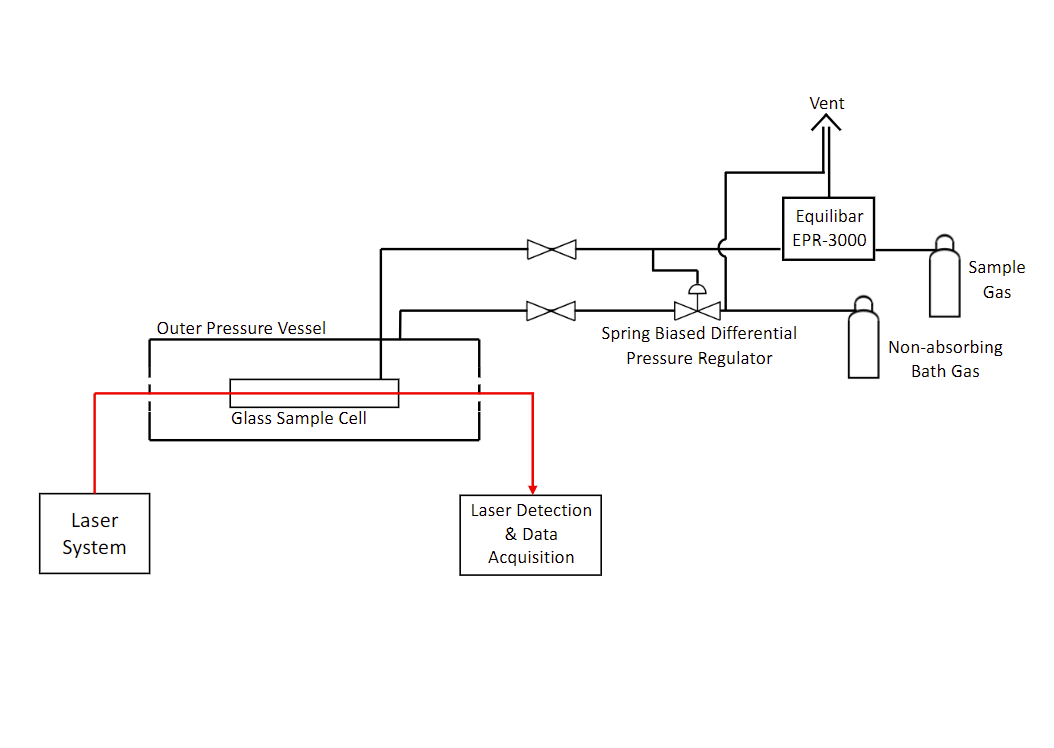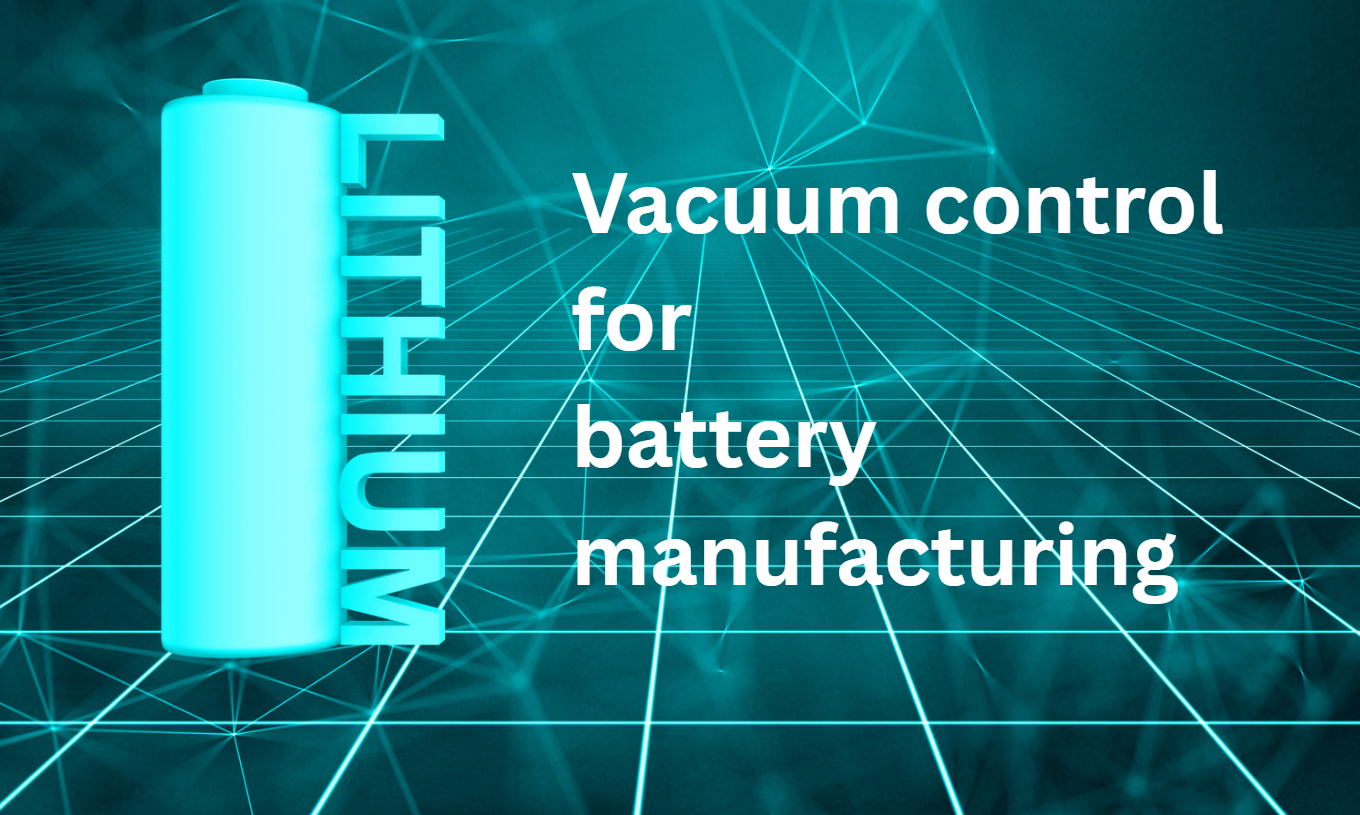A new Equilibar customer case study focuses on exciting work that researchers are doing at the Precision Laser Diagnostics Lab at the University of Colorado Boulder. Under the direction of Dr. Greg Rieker, the lab uses sensors based on laser absorption spectroscopy to determine temperature, pressure, flow velocity, and concentration of gases. The sensors are useful for studying processes with extreme conditions and have been used to locate gas leaks in energy infrastructure, to study wildfire combustion, and to develop new fuels.
One of the more exciting potential applications of this research is helping scientists to study exoplanetary atmospheres in outer space.
The Challenge
Dr. Ryan Cole was directly involved in the lab’s studies of laser absorption spectroscopy in high pressure and high temperature environments. “Our experiment consists of an optically accessible gas cell that can reach temperatures and pressures in excess of 1000 K and 50 bar,” he said. “The design relies on a glass cell that confines an absorbing gas in the high-pressure and high-temperature region at the core of a pressurized ceramic furnace. To avoid shattering the glass cell, we surround it with a bath gas that does not absorb the laser light.”
Dr. Cole and his co-researchers designed and built the gas cell over a period of more than four years. Their study was published recently in the Journal of Quantitative Spectroscopy and Radiative Transfer.
The experiment requires a slight pressure differential to be maintained between the absorbing gas in the glass cell and the surrounding bath gas. This ensures that the glass cell remains intact regardless of the absolute pressures in the system.
For accurate absorption spectroscopy, the pressure of the sample gas must be precisely controlled. Initially Dr. Cole and his co-researchers had used a manual pressure regulator and a needle valve to control the pressure and flow into the glass cell. They found that this method was slow and lacked the precise control needed to smoothly run the experiment. Dr. Cole contacted Equilibar to find a better option.
The Solution
Working with Equilibar engineers, Dr. Cole and his team in the laser diagnostics lab selected an Equilibar® EPR3000-EPDM regulator with internal materials compatible with high pressure CO2, a gas that is frequently studied in their experiment. According to Dr. Cole, the Equilibar regulator enables precise and repeatable pressure control. Additionally, the regulator is easy to interface with the LabView program that they use to control and monitor other aspects of the experiment.
“While this was not a requirement for us initially, it ended up being a huge benefit to have fully computer-interfaced pressure control for our experiment,” Dr. Cole said. “The performance of the regulator and its ability to be computer controlled are far superior to the manual pressure control that we implemented previously.”
The regulator has been in operation for two years and has worked well with no issues.
Read more on laser diagnostics research
For more details on this exciting application, see the case study, Advanced laser-based sensor uses Equilibar EPR 3000 to maintain precise pressure differential, on our customer case study page, as well as this article on the laser diagnostics lab. And as always, we invite you to contact Equilibar engineers for more information about our full range of fluid and pressure control devices designed to meet the most extreme challenges, even those in outer space.



